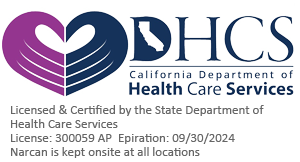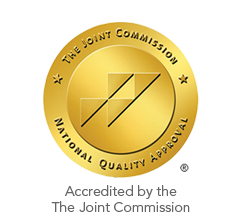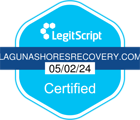Methadone Uses, Abuses and Risks
What is Methadone?
This type of drug is a powerful painkilling medication, but it’s considered safe to take for long periods of time. However, it can produce side effects.
It takes away opiate cravings when a person is given regular, controlled doses. These doses are provided by medical professionals. Methadone clinics are known to provide these services.
By the Numbers
From 2006 to 2009
From 2009 to 2013
In 2009, methadone made up just 2% of opioid prescriptions in our nation, but it was involved in 30% of overdose deaths.
A Brief History
The researchers studied drugs that could help people with opioid addiction. They wanted a drug that could reduce anxiety, relieve withdrawal symptoms, and boost social functioning.
Through trial and error, methadone was found to be the best choice. It was chosen because it did not cause euphoria and also did not have tranquilizing effects. These effects meant people taking the drug could work and socialize normally.
What Other Names Does It Go By?
- Dolophine
- Westadone
- Methadose
- Diskets
According to the Drug Enforcement Agency (DEA), street names include:
- Chocolate Chip Cookies
- Amidone
- Fizzies
- Pastora
- Maria
- Street Methadone
- Salvia
- Water
How Is It Used and Abused?
Uses
This drug is a powerful painkiller, so it is used to treat people with severe pain. It’s limited use for those who need constant drugs for long periods of time who can’t take other painkillers.
It is also used to treat opioid and opiate addiction. It helps stop withdrawal symptoms from occurring and also helps prevent relapse. It works by producing similar effects that opiate drugs do.
Methadone is also used during detox to prevent withdrawal symptoms. The drug is used to safely and slowly wean the person off other opioids or opiates.
Research shows that:
- Helps decrease the intake of illicit drugs
- Helps reduce crime
- Decreases the number of people who become HIV-positive
- Improves social functioning
Abuses
The drug can be fatal when not taken as prescribed. Some of these deaths are due to illegal methadone that is diverted from clinics, hospitals or doctors. Other deaths are from misusing prescriptions. It can be especially deadly when it is mixed with other legal or prescribed drugs as well as alcohol.
Health Risks
This type of opiate can have short- and long-term effects on health. Short-term health effects include:
- Vomiting
- Contracted pupils
- Constipation
- Nausea
- Slowed breathing
- Severe sweating
- Restlessness
- Itchy skin
- Decreased sexual desire
- Irregular menstruation
- Pregnancy complications when the dosage is reduced during pregnancy
- Lung and respiratory problems
- Addiction
- Tolerance
- Dependence
- Withdrawal
Withdrawal and Overdose
Withdrawal
The purpose of the drug is to prevent addiction and dependence along with their related withdrawal symptoms. However, it is still possible to become addicted.
The potential for addiction is high. But under the supervision of a doctor, the potential for addiction decreases. Since it is taken frequently, there is also a risk of tolerance. Tolerance may not be an issue if the drug is prescribed correctly.
Withdrawal symptoms can also happen from methadone use. Psychological and physical dependence can develop from use over time.
The benefits that offset these possibilities is that although the person still has an opioid dependency, they do not have the uncontrollable compulsions and disruptive behaviors that go along with illicit opiate addiction.
Overdose
Overdose signs include:
- Decreased breathing
- Sleepiness that then progresses to stupor or coma
- Highly constricted pupils
- Limp body
Other overdose signs can sometimes include:
- Cold and clammy skin
- Slow heartbeat
- Low blood pressure
Severe overdose signs can include:
- Breathing stops
- Cardiac arrest
- Death
Misconceptions About Methadone
Myth: Methadone Damages Your Body
Fact: If it isn’t abuse, long-term use of the drug causes no adverse effects to any part of the body.
Myth: A Lower Dose of Methadone is Better
Fact: Lower doses are not better if the dose doesn’t reduce cravings for other opioids.
Research Study
Methadone Rehab: Finding the Right Help
Medication-assisted treatment is only one part of a comprehensive treatment plan that can help you get and stay sober. Individual and group counseling, alternative therapies, 12-step programs, and relapse prevention treatment can also help.
Take the first step today on the recovery journey. You or a loved one deserve a life free from the suffering addiction causes.

 Matthew Beck B.A, M.A, LMFT
Matthew Beck B.A, M.A, LMFT 


